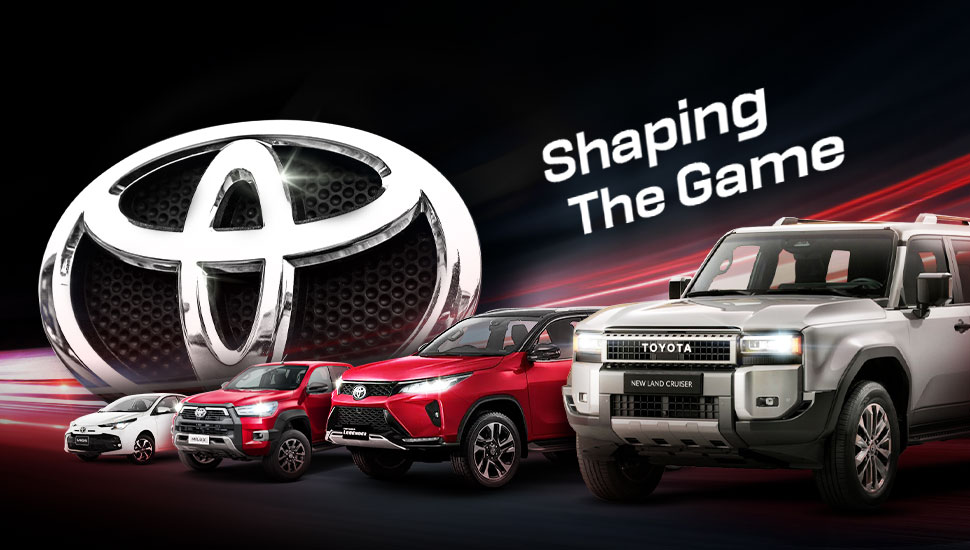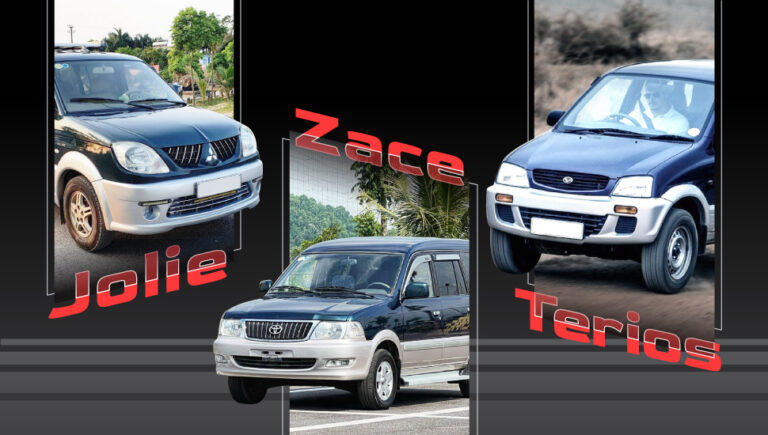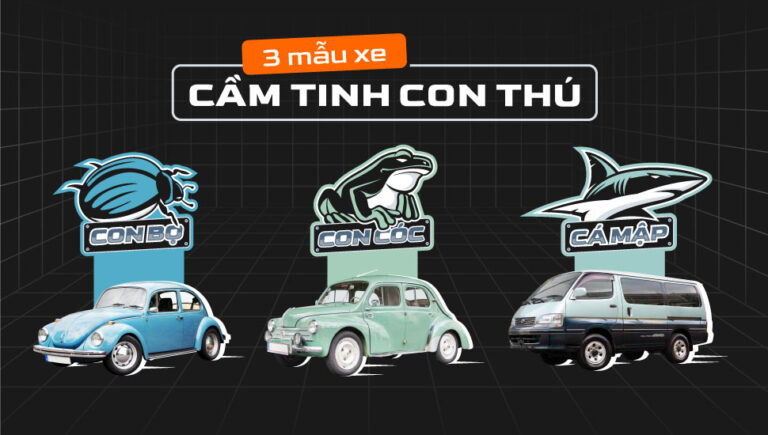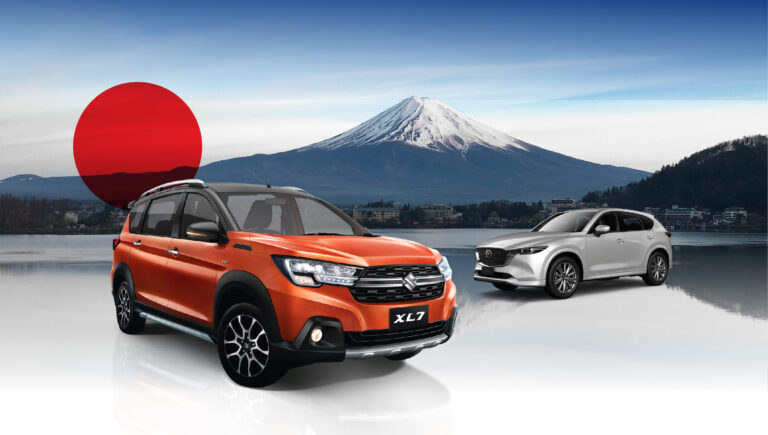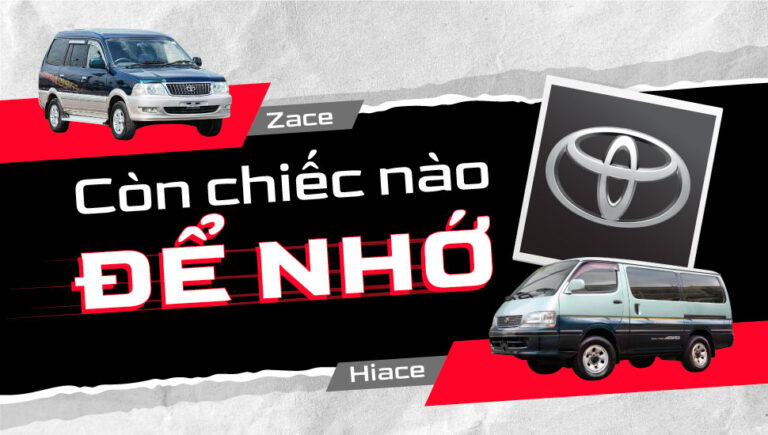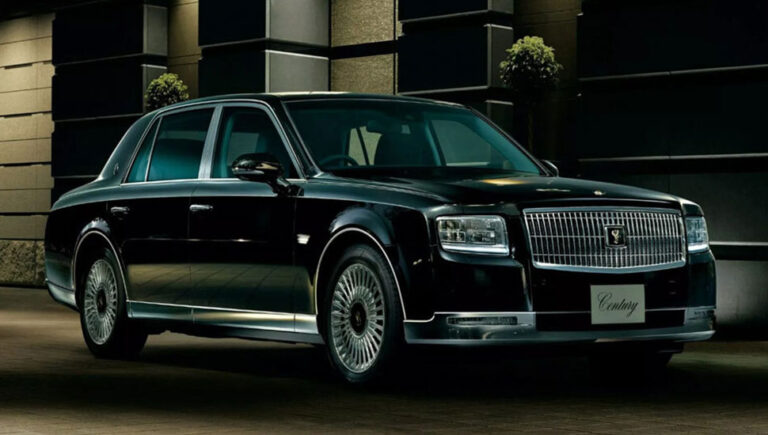As one of the first car manufacturers to establish a factory in Vietnam in 1995, Toyota has consistently ranked at the top across all categories, times, and segments. Whether loved or criticized, there’s no denying that Toyota, through its unique approach to shaping the game, has significantly contributed to the growth and vibrancy of Vietnam’s automobile market, evident through each model it has introduced.
Vios: The Undisputed Champion
Let’s rewind to the pre-2000 era. Back then, in the affordable 4-seater segment, all three top choices were South Korean Daewoo models: the Matiz, Lanos, and Lacetti. Toyota’s lineup at the time included the Hiace, Corolla, Camry, Zace, and Land Cruiser, but the mid-range sedan segment remained an untouched piece of the pie. The breakthrough came in 2003 when Toyota officially introduced the Vios to Vietnamese customers at a price of $19,800. True to its Latin-derived name, Vio—meaning “to move forward”—the Vios has consistently grown, breaking sales records and even surpassing its own milestones over two decades in Vietnam.
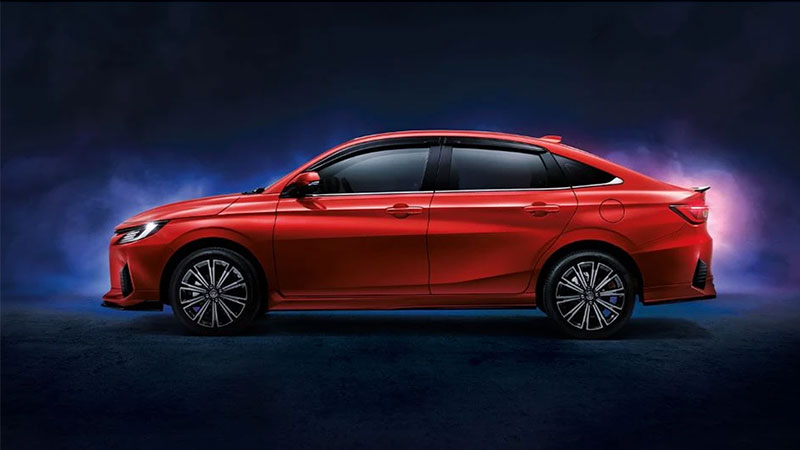
Compact, elegant, and harmonious, the Vios became a familiar sight on Vietnamese roads thanks to hundreds of thousands of individual buyers, as well as contributions from taxi giants Mai Linh and Vinasun. Over two decades of reigning as a B-segment sedan icon, the Toyota Vios remains a go-to choice for service vehicle buyers and newlyweds, facing only moderate pressure from competitors like the Honda City, Hyundai Accent, and Kia Soluto.
Innova: The Long-Standing Warrior
Under Toyota’s banner, the Innova asserted an unrivaled position for 15 years since its debut in 2006. As Toyota’s beloved Zace reached the end of its lifecycle, the Innova seamlessly filled the gap in the family MPV segment, launching with prices starting at $26,900 for the J variant and $29,900 for the G variant. With seven seats, a 2.0L gasoline engine, spacious interiors, and a modest design, the Innova proved equally suitable for government fleets, commercial transport, and family use.
The Innova crushed all competing seven-seaters of its time, bidding farewell to the Mitsubishi Zinger, Chevrolet Orlando. Only the Mitsubishi Grandis remained untouched, sitting in a different league with its aesthetics and $44,000 price tag.
- (Pros): “I bought the Innova G in 2018, and it’s still going strong. I’ve driven it up and down Vietnam, across mountains, and through rice fields. The car handles smoothly, the seats are comfortable, the air conditioning is cool, and it’s low-maintenance. No complaints. To enjoy driving, you have to understand your car—it’s the same as with a spouse.”
- (Cons): “It’s great for city driving, but it lacks punch on the highway. The interior is roomy, but other features are basic. And why does every minor upgrade come with a hefty price increase when the design and features barely change?”
Simple, practical design, unmatched resale value, widespread popularity, easy-to-source spare parts, and affordable maintenance—these factors solidified the Innova’s dominance. That is, until the game-changer, the Xpander, entered the scene.

In October 2023, Toyota launched the all-new Innova Cross, priced at 810 million VND for the petrol version and 990 million VND for the hybrid. Expect it to sell like hotcakes. Toyota has gone beyond just being a brand; it’s on another level entirely.
Fortuner: The King of SUVs
If car body styles were a pizza, three main slices—sedans, MPVs, and SUVs—would dominate the plate. With the Land Cruiser exclusively catering to the elite, Toyota pondered: “Should we just leave the SUV segment to Ford Everest?”
While contemplating, Toyota still acted. After studying customer demand and preferences, and leveraging the global IMV (Innovative International Multi-purpose Vehicle) project, Toyota launched the Fortuner in 2009 with two versions: the Fortuner G (diesel, $34,300) and the Fortuner V (gasoline, $41,000).
As the first to introduce a D-segment SUV, Ford Everest enjoyed years of success starting in 2005, facing only mild resistance from the Chevrolet Captiva. However, the tide turned. Fortuner’s sales grew steadily, surpassing the Everest and pushing the Captiva out of contention. From 2009 to 2022, Toyota sold over 110,000 Fortuners compared to just 30,000 Everests. The Mitsubishi Pajero Sport, despite its sleek design, lagged significantly in sales.
- Manufacturer’s note: “Eco & Power driving modes optimize performance. A robust chassis and intelligent suspension deliver smooth rides over rugged terrain. Fortuner—your perfect journey companion.”
- Minh Hùng, Vietnam: “In terms of noise insulation and acceleration, it can’t compete with Ford Everest. The steering feels heavy, and the suspension is stiff. After 300-400 km, passengers in the back seats will feel a bit sore.”
- Haris, Indonesia: “I sold my sedan and got the 7-seater Fortuner for my growing family. Its balanced design, solid build, and powerful 4WD fit us perfectly, accommodating five people and heaps of baby gear.”
Today, the SUV segment priced above 1 billion VND is as dynamic as a nightclub, with competitors from Ford, Hyundai, Kia, Mazda, Honda, Subaru, and even European newcomer Skoda joining the fray. Let’s see how long the Toyota Fortuner retains its throne and who dares to challenge its dominance.
Prado: The Chairman’s Car
During the Korean War in 1951, Toyota introduced the Land Cruiser (then known as the Toyota Jeep BJ) to meet the military’s need for a lightweight multipurpose vehicle. The Prado, a subset of the Land Cruiser family, debuted in 1990 and officially entered Vietnam in 2011. After upgrades in 2014 and 2018, its appearance and interior remained largely unchanged—still a mid-size SUV with a rugged frame, built for all terrains and favored by discreet, high-ranking owners.
On August 2, 2023, Toyota unveiled the all-new Land Cruiser Prado for the North American market. With a striking retro exterior, a 2.4L turbocharged engine, a 48-horsepower electric motor, and an 8-speed automatic transmission, coupled with cutting-edge all-wheel-drive technology, the 2024 Prado is poised to remain invincible on cross-border journeys.

For Vietnamese enthusiasts of retro-styled off-roaders, three options stand out: the Hyundai Santa Fe, Land Cruiser Prado, and Range Rover. The Prado sits in the middle—its interior isn’t as refined as the Santa Fe, but its performance surpasses it; its exterior isn’t as luxurious as the Range Rover, but the brand prestige matches.
In Vietnam, the Prado has long been known as the “Chairman’s car.” A decade ago—and even today—it’s said that while not all VIPs ride in a black Prado, anyone riding in a black Prado is certainly a VIP.
